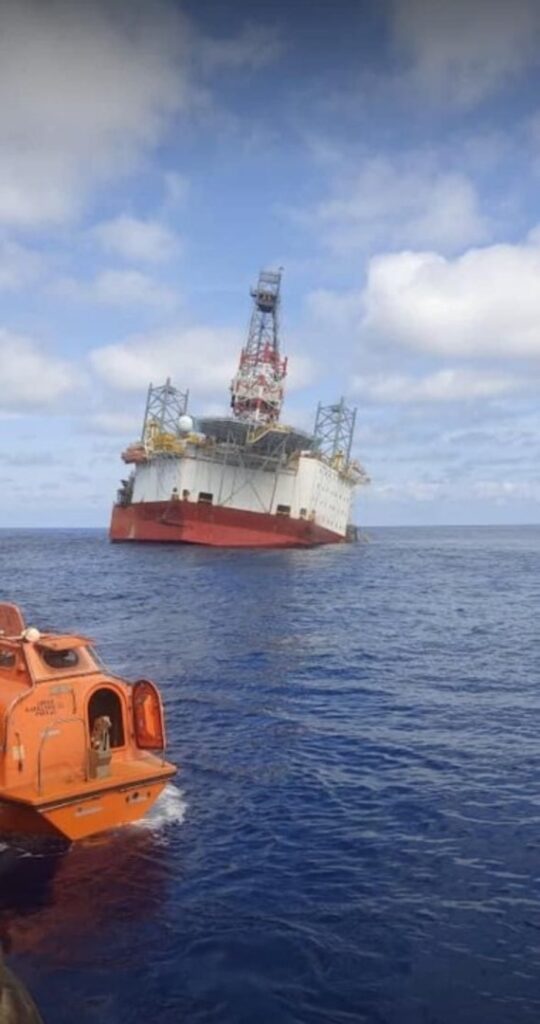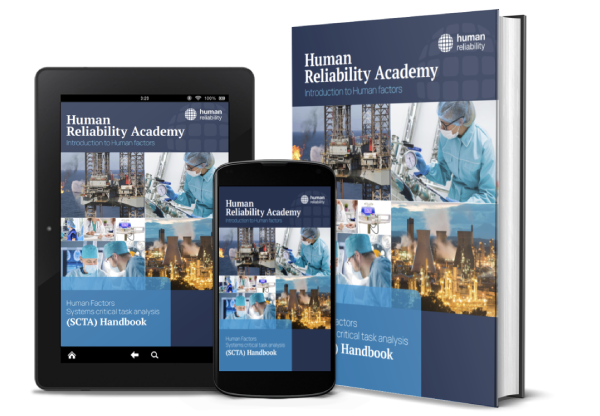I’ve noticed several recent posts claiming that for companies in the UK Oil & Gas sectors “there is a regulatory requirement to carry out Safety Critical Task Analysis”.
This statement needs to be put into context. It is correct that companies operating in the territorial sea adjacent to Great Britain and designated areas within the UKCS, will have duties under the Offshore Installations (Offshore Safety Directive) (Safety Case etc) Regulations 2015 (SCR 2015). SCR 2015 builds on the central recommendation of Lord Cullen’s report on the public inquiry into the Piper Alpha disaster. This was that the operator or owner of every offshore installation should be required to prepare a safety case and submit it to the regulator for acceptance. The Offshore Major Accident Regulator (OMAR) (‘the Competent Authority’) assesses each case to decide if it is satisfied with the duty holder’s approach to identifying and meeting health, safety and environmental needs. The Assessment Principles for Offshore Safety Cases (APOSC) sets out the principles against which OMAR assesses safety cases. Principle 8 of APOSC states that “major accident risk evaluation should take account of human factors”. It further states that “safety and environmental critical tasks should be analysed to demonstrate that task performance could be delivered to the specified performance when required. This demonstration should draw upon recognised good practice in human factors”. Safety Critical Task Analysis (SCTA) is an established approach and methodology for making the necessary demonstration. It is underpinned by guidance, e.g. HSE OTO 1999 092: Human Factors Assessment of Safety Critical Tasks; Energy Institute 2020: Guidance on Human Factors Safety Critical Task Analysis (2nd Edition); HSE 2021: The Offshore Management of Human Factors Inspection Guide.
SCTA, if done properly, can be a very powerful approach to managing the human contribution to risk and making the necessary demonstration under SCR 2015. However, herein lies the rub. It is often not done properly. Examples of poor practice include:
- Inappropriate tasks being selected for analysis (with no major accident potential).
- Failure to decompose task sufficiently or just relying on desktop analysis with no physical verification of the factors likely to influence human performance.
- Not involving the right people (experience, competence) – including the analyst, often without the necessary offshore industry experience to sort the ‘wheat from the chaff’. ‘Using a Chartered Ergonomist and Human Factors Specialist’ (with the associated post-nominals C.ErgHF) is a good starting point but duty holders shouldn’t assume relevant domain knowledge.
- Not involving Safety Representatives (or representatives for employee safety) in the analysis process. There is a duty under Regulation 23 of the Offshore Installations (Safety Representatives and Safety Committees) Regulations 1989 (OSRSCR) to consult safety representatives. In addition, any safety case prepared or revised under SCR 2015 must contain a summary of the worker involvement in the preparation of the safety case and how any safety representatives for that installation were consulted with regard to the revision, review or preparation. Guidance states that consultation must be a genuine attempt to seek the views and contributions of workforce representatives. Duty holders should note that involvement in the SCTA process is a robust way of making this demonstration.
- Identified controls that are either inappropriate and/or default towards the bottom of the preferred hierarchy, e.g. training, awareness campaigns, re-jigged procedures, PPE etc.
As a former Offshore Inspector, I’ve seen several examples of SCTA being done badly and in one instance, a recommendation made by a consultancy which, if implemented, could have contributed to a “really bad day on the rig”.
My suggestion to companies in the UK Offshore Oil & Gas sectors is seek help by all means, but to ask around and see how any proposals to provide SCTA stack-up against the HSE Offshore HF guidance and to request examples of previous outputs to satisfy yourselves that some of the common pitfalls highlighted above will be avoided.

As for the ‘attention grabbing photo’ of the rig sinking offshore of Malaysia – it is for illustrative purposes, although ‘rig jack-up’ does represent a safety critical task, worthy of analysis (as does the launch of the TEMPSC, which can just be seen in corner of the picture).
This article has been reposted from LinkedIn with the author’s permission. To view the original article and connect with Nick on LinkedIn please see here.
Nick Dickety is part of the Human Reliability Associates (HRA) team, please get in touch with him if you need help with offshore Human Factors advice and compliance, and help with design projects.
If you’re interested in CIEHF accredited SCTA training that demonstrates best practice please see details of our flagship SCTA course.
Through its history, original research, track record in consultancy, best practice training, and market leading software support HRA is the home of SCTA.














